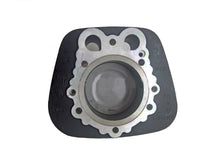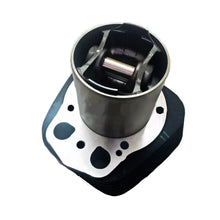This Cylinder Piston Kit is suitable for Classic 500,
Item Code-A600005/A
When maintaining or rebuilding an engine, it is essential to use kits that are specifically designed for the Royal Enfield Classic 500 cc. These kits typically include a cylinder, piston, piston rings, and gudgeon pin. To ensure reliability and longevity, it is recommended to choose reputable brands or OEM parts. Be sure to check the bore size and stroke specifications to match the engine's requirements, and if you do not have experience with engine repairs, it is best to have a professional mechanic handle the installation for proper fitting and functioning.




